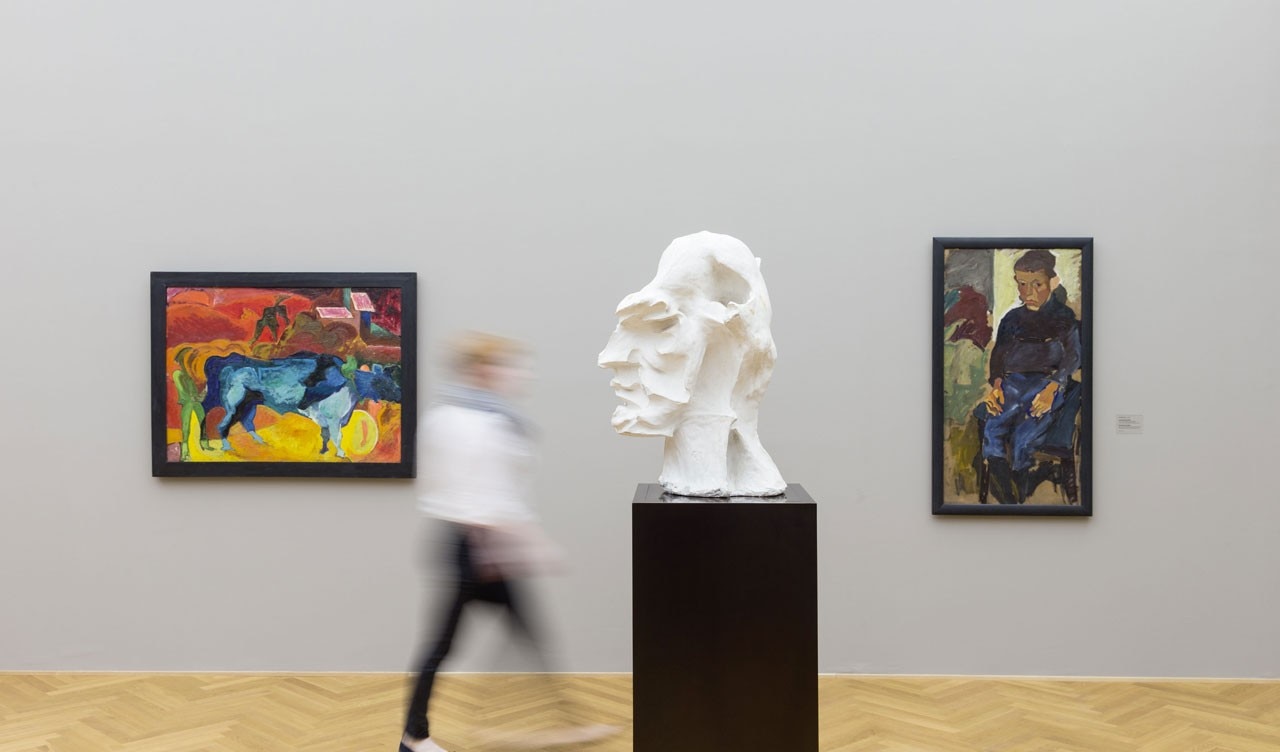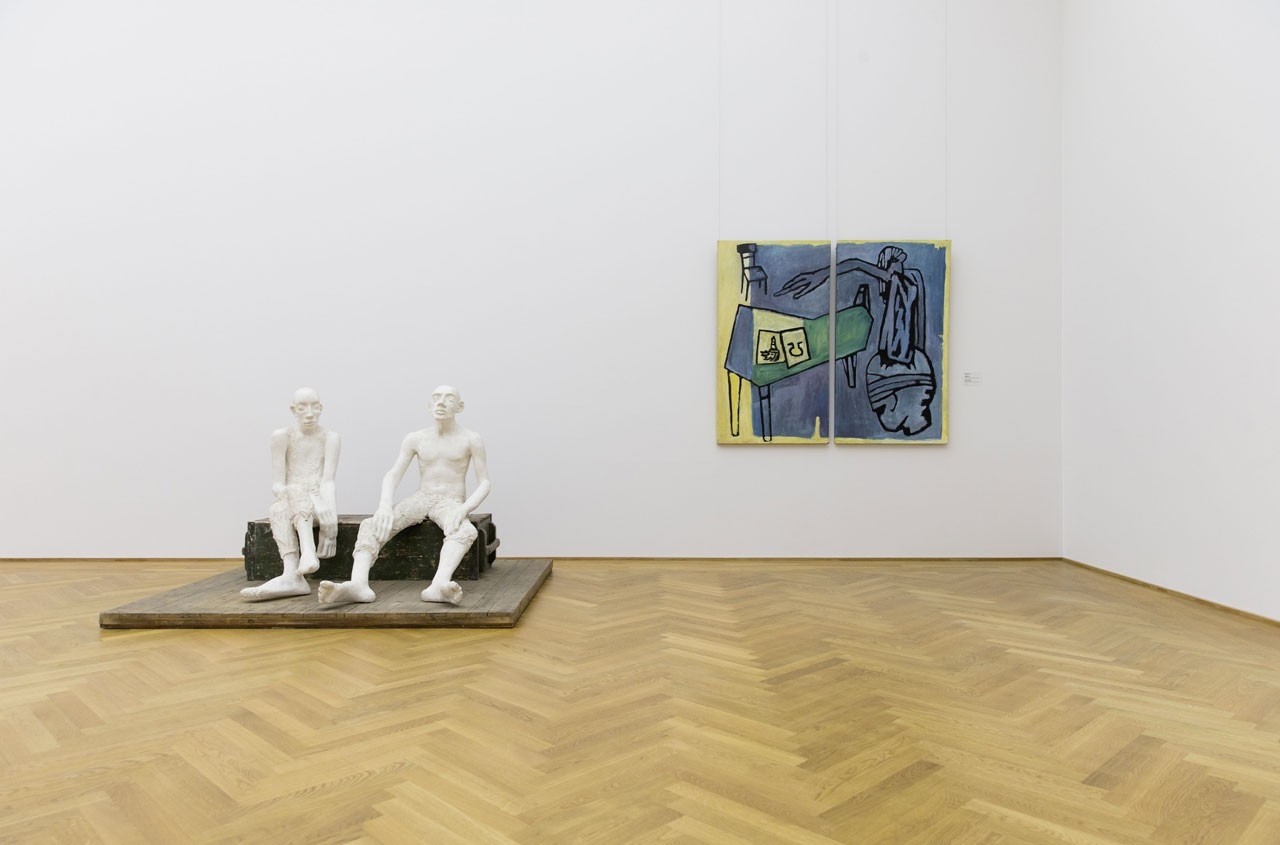
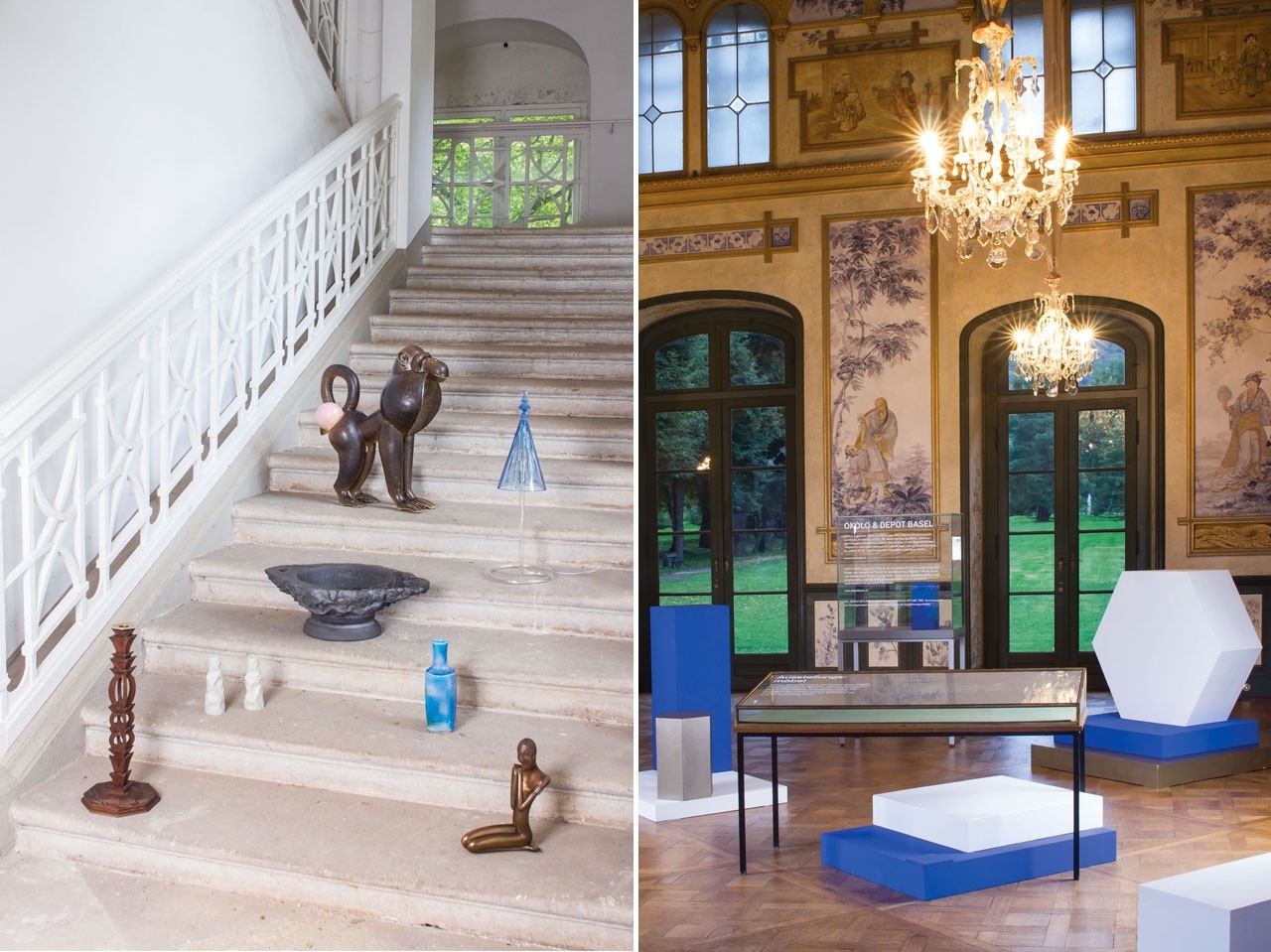
I was able to visit its store-rooms, crammed with objects of diverse manufacture and origins, a wundwerkammer made up in part of items from stately homes abandoned by the aristocracy after World War II and which the management under the DDR had meticulously assembled and archived.
Besides the magnificent early products of the historic Deutsche Werkstӓtten Hellerau – one of the oldest German firms, established in 1873 by Karl Schmidt in Zschopau and which in 1900 won three bronze medals at the Paris World Exhibition and is to this day based in the region, it also contains collections of textiles, small artefacts and glassware in a prevalently Asiatic taste: hyper-decorated sword hilts, cloths originating from Japan, and Chinese ceramics.
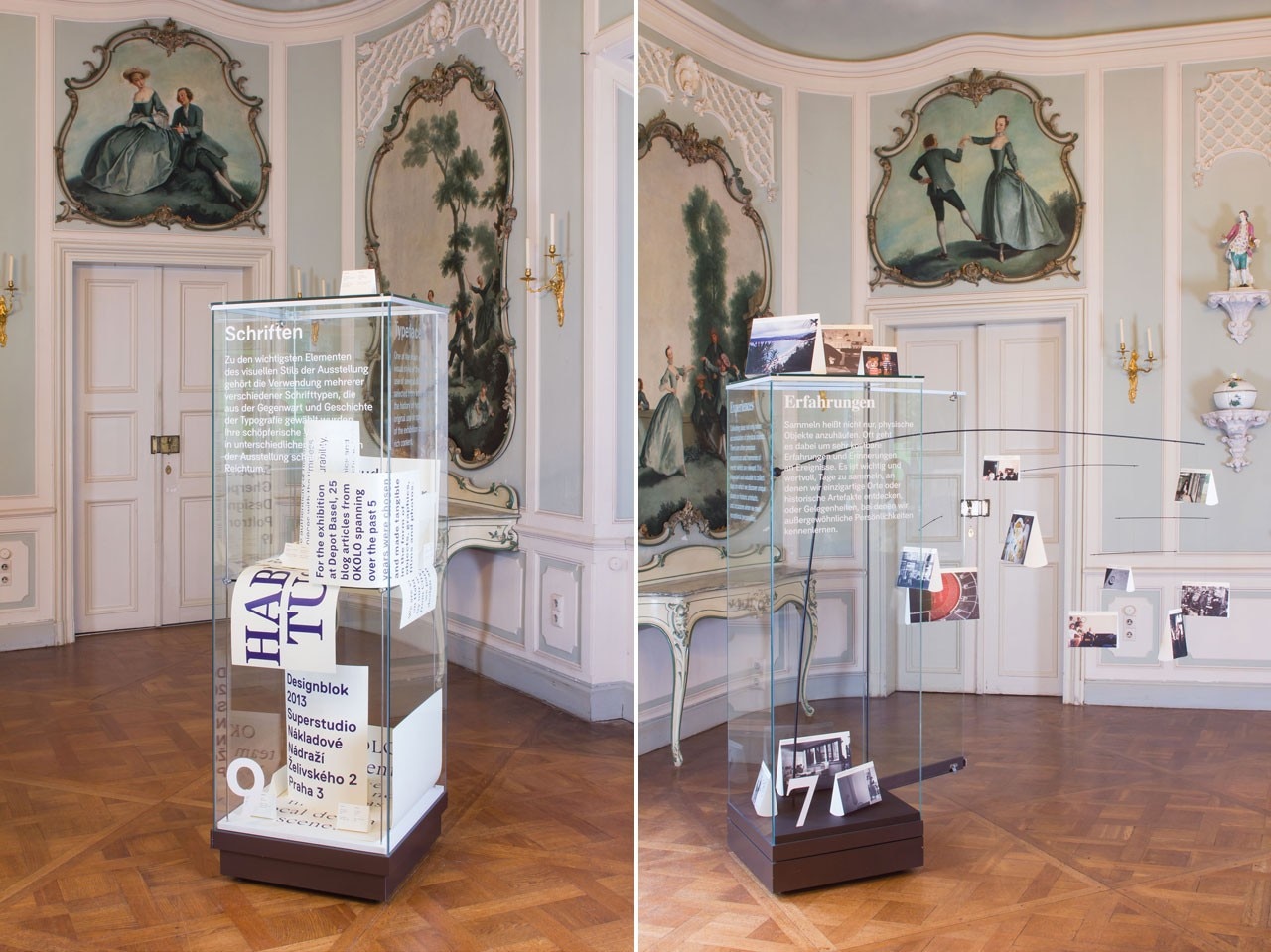
On view in one of the rooms of the permanent collection, which Ms Beyerle is busy refurbishing, are gold thread tapestries and lacquered thrones, alongside the Well Tempered Chair designed by Ron Arad in 1986. Scattered among these richly frescoed rooms, just when you would least expect to find them, you come across projects by young international designers recently commissioned by the museum’s new management.
After the first WerkStadt exhibition with Studio Makkink & Bey, followed by the Rochaden project – in which Daphna Laurens, Dechem, Judith Seng, Loris&Livia and mischer’traxler participated with site specific works inspired by the permanent collection – the Okolo Offline Two (i.e. SAMMELN, collection) was just recently inaugurated, in collaboration with the Okolo collective based in the Czech Republic and founded by Adam Štěch, Jacub Štech, Matěj Činčera, Jan Kloss and Depot Basel, a space dedicated to contemporary creativity opened in Basel in 2011, directed by Matylda Krzykowski and Laura Pregger.
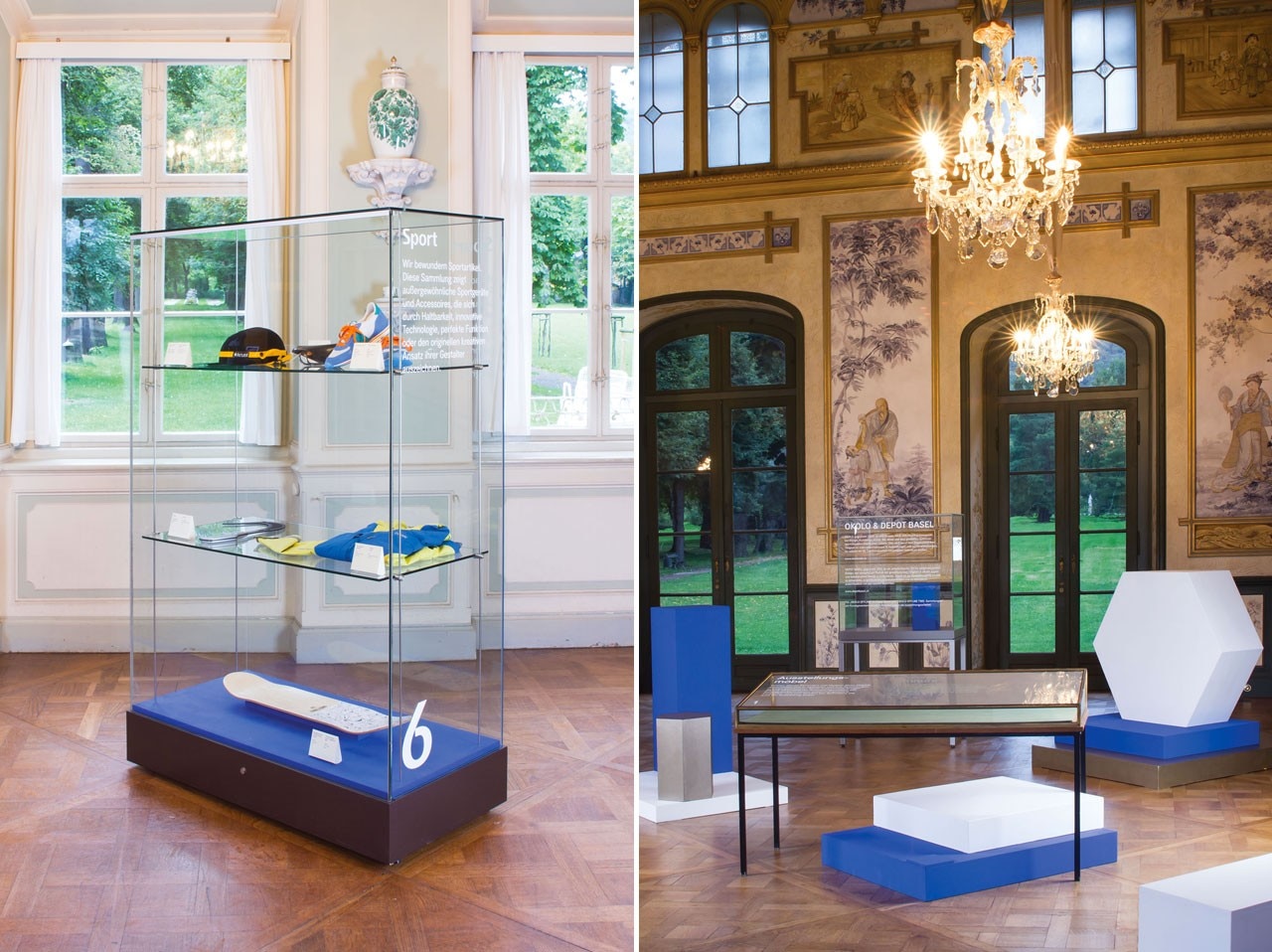
A fresh project on the specificity – and freedom – of collecting, and not collections. “Okolo Offline Two” recounts a way of collecting far from the systematic and rational type practised by the institutions. It provides a affords a vivid picture of how deeply this passion can pervade every detail of our daily lives – even with maniacal deviations.
The two young curators, Matylda Krzykowski of Depot Basel, and Adam Štěch of Okolo, were also appointed to instal and graphically design the project executed by Matěj Činčera and Jan Kloss. They enclosed in a room (and opened online) several different interpretations of an attitude that may concern anybody, freed from the concept of acquired value. Fascinated by the meaning of objects, they have probed the universe of simple things with a rare sensitivity, always managing to bring out meaningful and paradigmatic examples (also reproduced on their hyper-active blog okoloweb.cz) and to characterise that approach peculiar to the true collector.
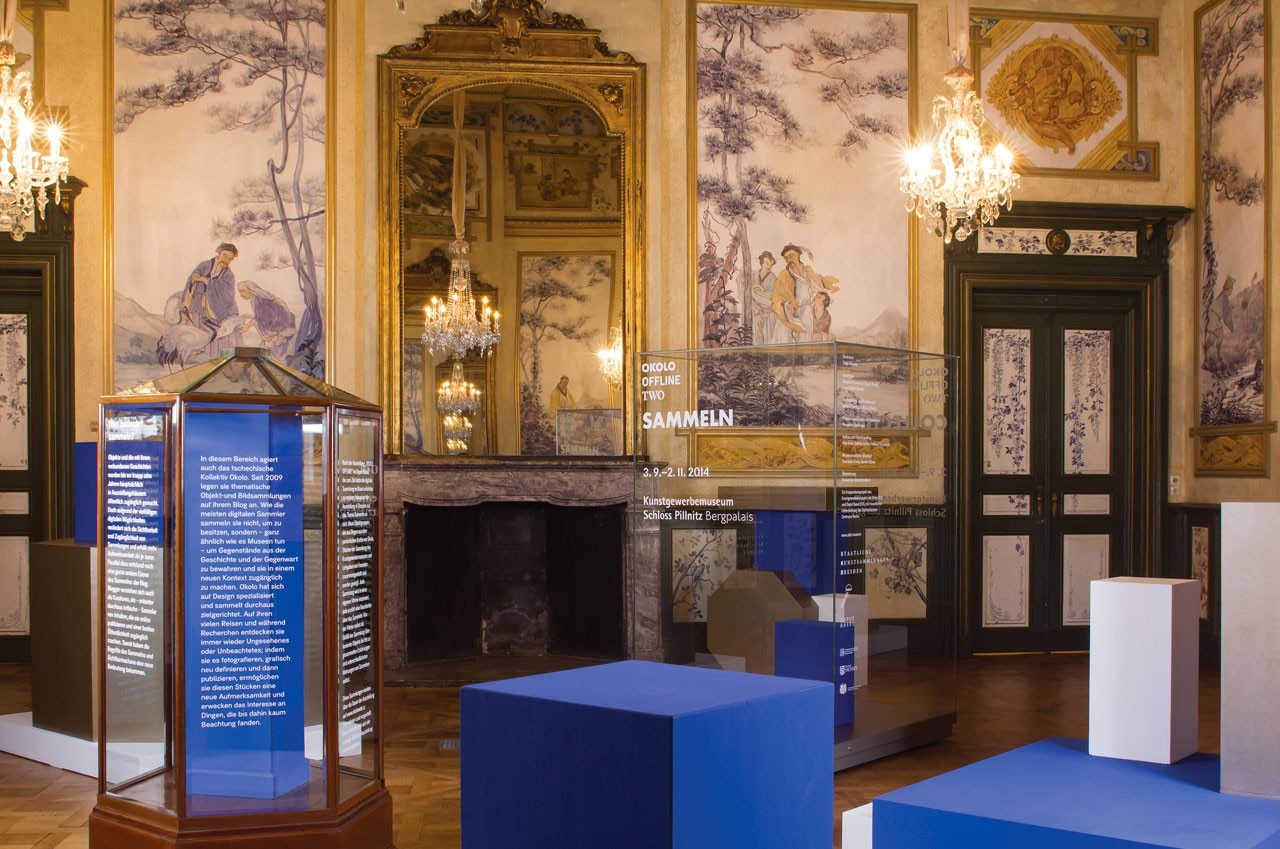
With incursions into the museum’s collections, gathered into geometrical, architectural islands with a strong light blue and white pattern, are everyday products such as sports and leisure goods, particularly successful graphics and packaging, and even texts printed on trapezoidal cardboards whereby they themselves are almost transfofrmed into 3D objects.
Not to be missed are the lines written by Jan Boelen, Jane Scholze and Tomáš Libertíny. Rather than plain and simple collecting, in the classic manner of those who can invest money to acquire rare items, as the contemporary iconography of speech explains, here the theme is the particular (and democratic) approach with which it is done. The status that represents having and possessing – including the excitement, also said to be psychological, of this practice – is not the theme here.
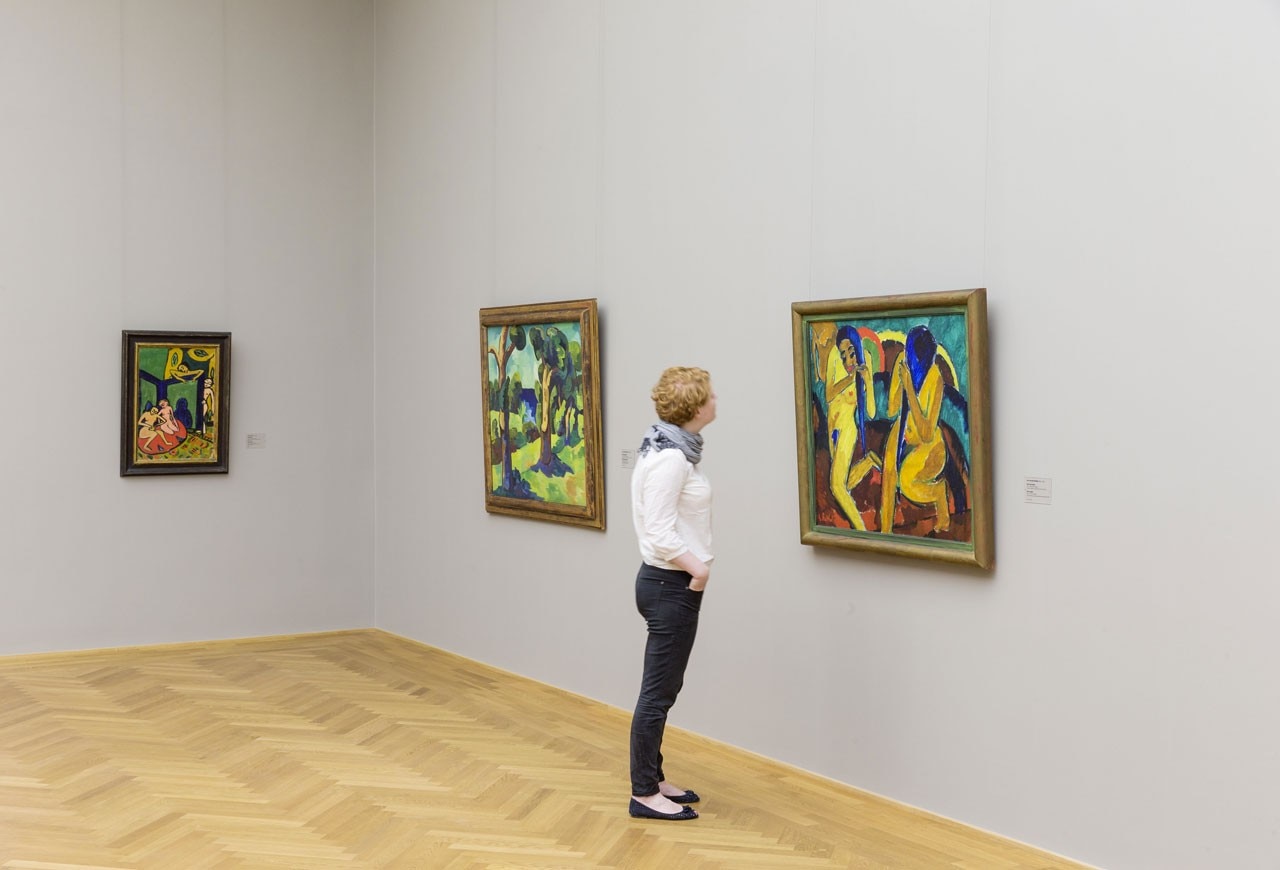
Be it public or private, the act of collecting implies systematic actions that can be substituted by essentially collecting what makes the heart leap. The product of this latest exhibition, with three new videos of the Pillnitz heritage, adds a new asset to the permanent collection and causes it to evolve thanks to the weekly updating of contributions on Okolo-blog so that the operation can be followed by a wider public.
“I would like to make this situation, and its particular and diversified heritage, a place open to dialogue between past and present; a place of production, learning and discussion. Considering that visitors cannot touch the exhibits, I would like these to be presented in a way that will fascinate and inspire them. That is why I believe it is crucially important to display the museum’s treasures in an innovative and sensual way”, stresses Tulga Beyerle.
until 2 November 2014
Okolo Offline Two
Kunstgewerbemuseum (Museum of Decorative Arts) at Schloss Pillnitz, Bergpalais

